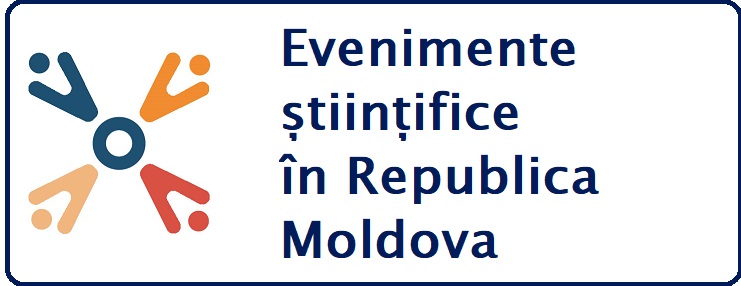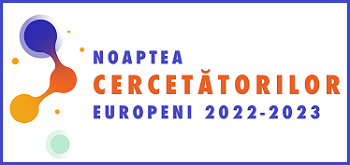| Articolul precedent |
| Articolul urmator |
 |
 523 523 40 40 |
| Ultima descărcare din IBN: 2024-02-23 19:39 |
| Căutarea după subiecte similare conform CZU |
| 376.32:159.922.7 (1) |
| Educația, instruirea unor categorii speciale de persoane. Învățământ special (606) |
| Psihologie (3397) |
 SM ISO690:2012 SM ISO690:2012PÂRVAN, Mariana. Dezvoltarea gândirii la copiii cu deficiență de văz prin metoda Feuerstein. In: Probleme ale științelor socioumanistice și modernizării învățământului, Ed. 22, 8-9 octombrie 2020, Chişinău. Chişinău: CEP UPS „I.Creangă”, 2020, Seria 22, Vol.1, pp. 171-173. ISBN 978-9975-46-450-5. |
| EXPORT metadate: Google Scholar Crossref CERIF DataCite Dublin Core |
| Probleme ale științelor socioumanistice și modernizării învățământului Seria 22, Vol.1, 2020 |
||||||
|
Conferința "Probleme ale științelor socioumanistice și modernizării învățământului" 22, Chişinău, Moldova, 8-9 octombrie 2020 | ||||||
|
||||||
| CZU: 376.32:159.922.7 | ||||||
| Pag. 171-173 | ||||||
|
||||||
| Rezumat | ||||||
Feuerstein elaborated new methods of evaluation as well as new teaching tools, known today as dynamic assessment. The cognitive map describes the mental act in terms of several parameters that permit an analysis and interpretation of a subject's performance by locating specific problem areas and producing changes in corresponding dimensions. The manipulation of these parameters becomes highly important in the subject-examiner interaction, by helping the examiner to form and validate hypotheses regarding the subject's performance difficulties. Some children who were considered un-teachable were eventually accepted at normal school and studied successfully. |
||||||
| Cuvinte-cheie visual impairments, Method, instruments, process, development, cognitively |
||||||
|












